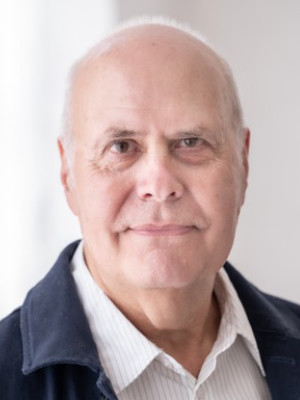Arranging Berkeley
Thoughts on transcription by the composer Adam Pounds (a student of Sir Lennox Berkeley), who has made an arrangement for flute and guitar of his teacher’s Five Short Pieces for Piano
The arrangement (or transcription) of composed music is an art in itself. Composers generally write with very particular instrumental forces in mind and, to a large degree, this shapes the development of the musical material itself. However, as a composer myself, I have found that the arrangement of music for forces other than those intended can bring a new life to the original work, whilst at the same time creating a worthy addition to the canon of available music for the instruments concerned.

There are many examples of composers arranging their own music, and some of the most notable and successful have been French. Ravel was a very proficient arranger of his own music and, much as I appreciate his piano writing in Le tombeau de Couperin, I find that his orchestral transcription gives the music greater depth and colour. No doubt Debussy was conscious of such increased dimensions when orchestrating and arranging Erik Satie’s Gymnopédie, and, of course, Lennox Berkeley himself was well aware of the advantages, as well as the difficulties, of successful arrangement when he undertook the orchestration of songs and piano music by Fauré for his ballet score, La fête étrange, and later the orchestration and arrangement of Poulenc’s Sonata for Flute and Piano.
In addition to expanding the orchestral repertoire, composers and instrumentalists have frequently made transcriptions from one solo instrument to another. One of the best known examples of this is the Chaconne from Bach's D minor Partita for solo violin, which now exists in transcription for piano by Busoni, and for guitar by a number of guitarists including Segovia.
The idea of transcribing Berkeley’s Five Short Pieces for Piano Op. 4 for the combination of flute and guitar had been in my mind for at least ten years. After playing through the third of the pieces, marked 'Moderato', on the piano, my instinct as a guitarist suggested that the left-hand piano part would work very well on the guitar. I also felt that the sustained nature of the right-hand part would lend itself to the flute, and so this piece became the first of the five that I arranged, although it now appears as the second movement of my transcription, Three Pieces for Flute and Guitar.
The guitar is quite a difficult instrument to compose for, and the notation required to write harmonically over a wide range (though with the limitation of six strings tuned mainly in fourths) is fairly complex. In attempting to include extended chords, which were necessary to bring out the richness of Lennox’s harmony, the result can give rise to awkward hand positions for the guitarist. When it came to arranging the right-hand piano part, I felt it was important to exploit the flute in its most telling registers, so I changed the tonal centre of the music from G to E, which also enabled me to use the open strings of the guitar to give extra sonority.
The second of the Five Short Pieces (the Allegro moderato, which forms the third movement of my transcription) was particularly suitable for guitar, because the left-hand piano part is mainly constructed in fourths. Once again I changed the key — from C to G — in order to facilitate the flute writing. The first piece, Andante, presented an interesting challenge in that the left-hand and right-hand piano parts are far more integrated than in the other pieces. However, it was unnecessary to change the key and I believe that the result is a haunting ‘musical sonnet’.
Lennox was, of course, an excellent instrumental composer for both the flute and the guitar. I am enjoying working on his Theme and Variations, and my wife Dinah has enjoyed performing both the Sonatina and the Flute Sonata. I hope Lennox would feel that my arrangement of his piano pieces is a pleasing addition to the quite limited repertoire of flute and guitar duos. The Three Pieces for Flute and Guitar are now firmly established in our programmes, and we welcome the chance they give us to introduce the music of Lennox Berkeley to a wider audience.
